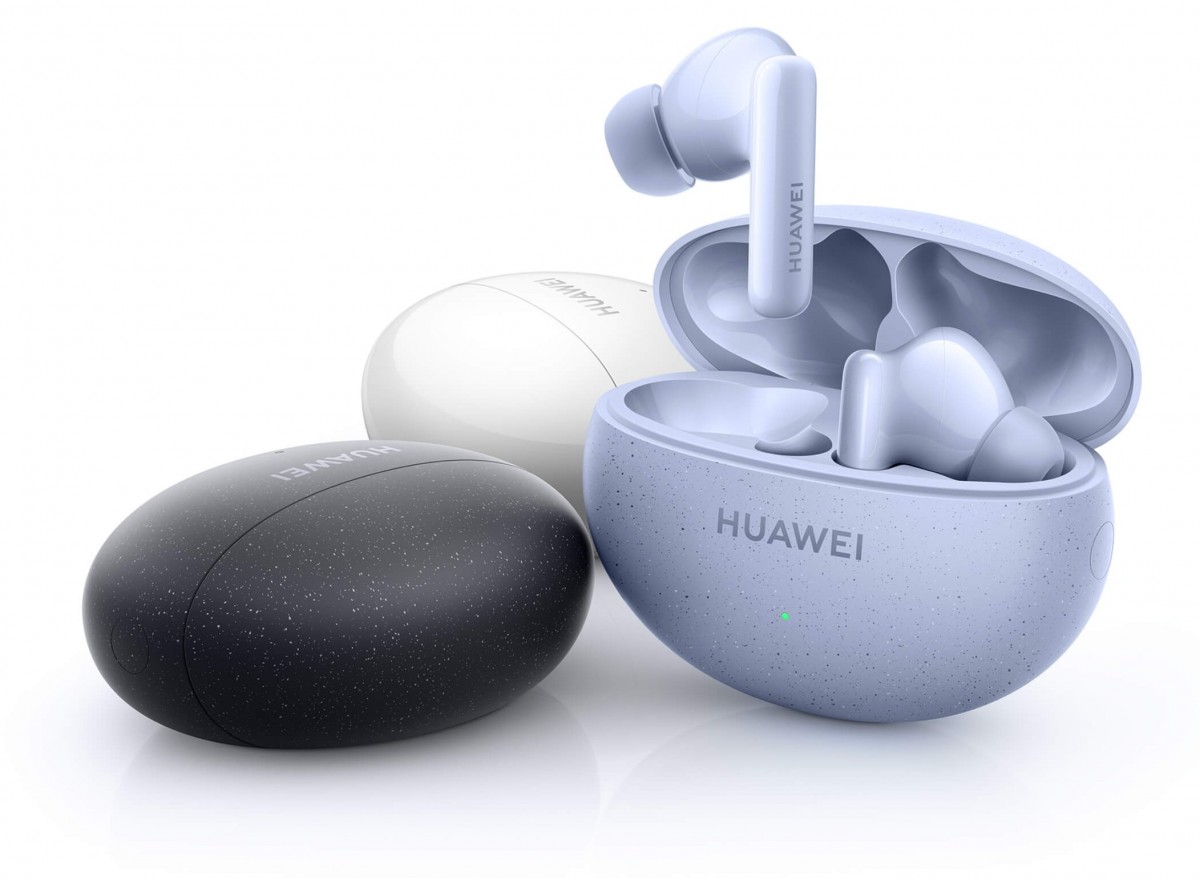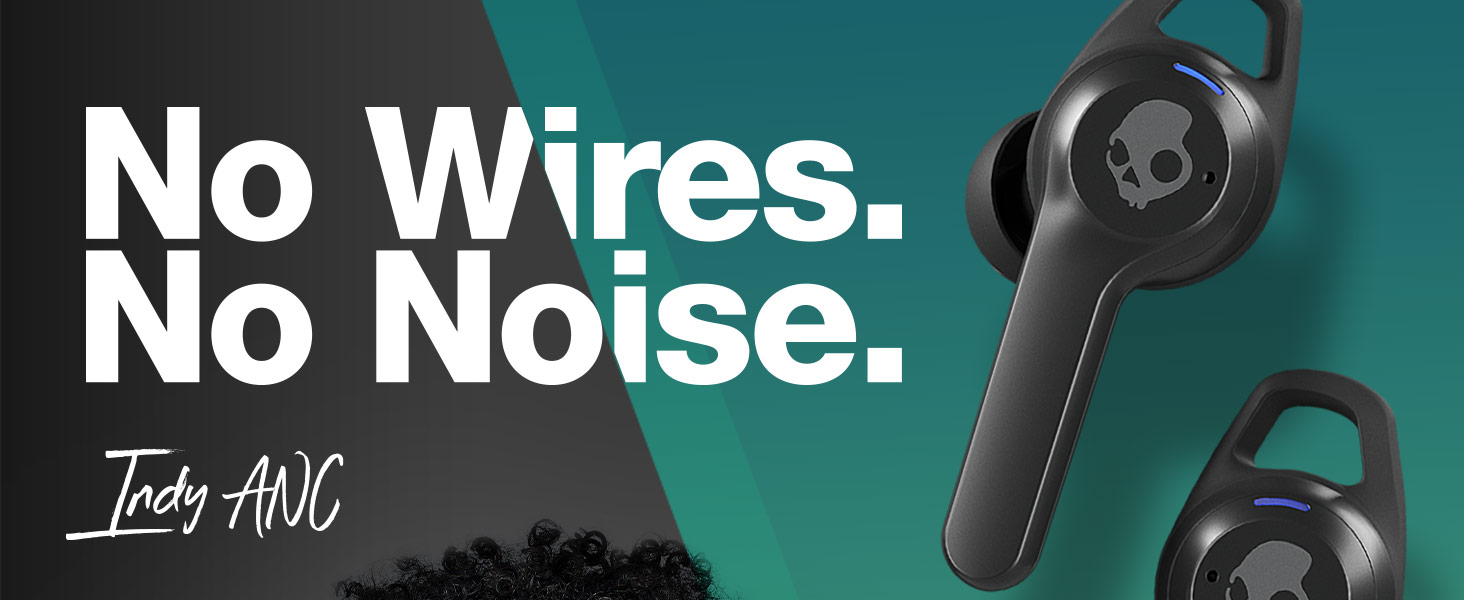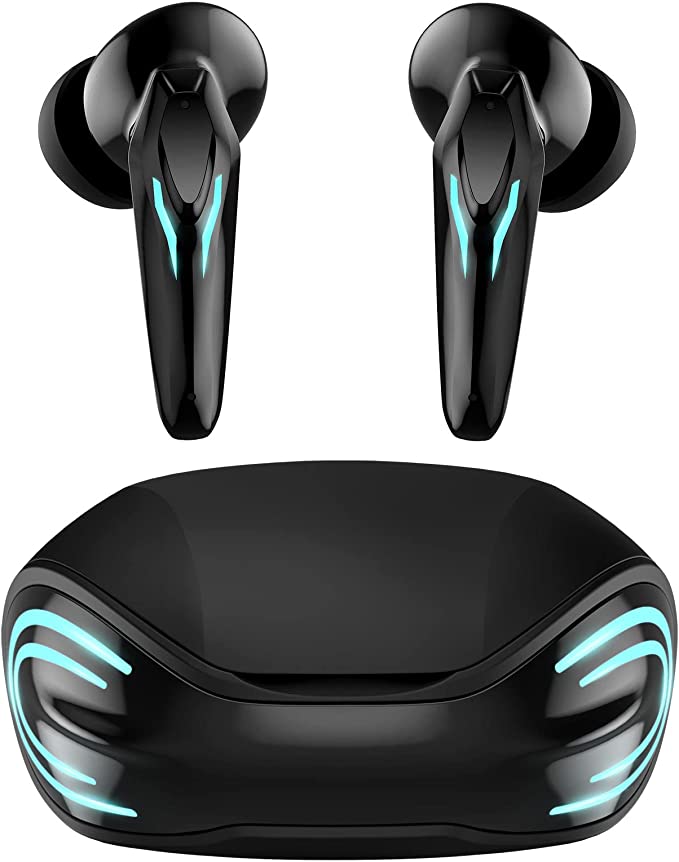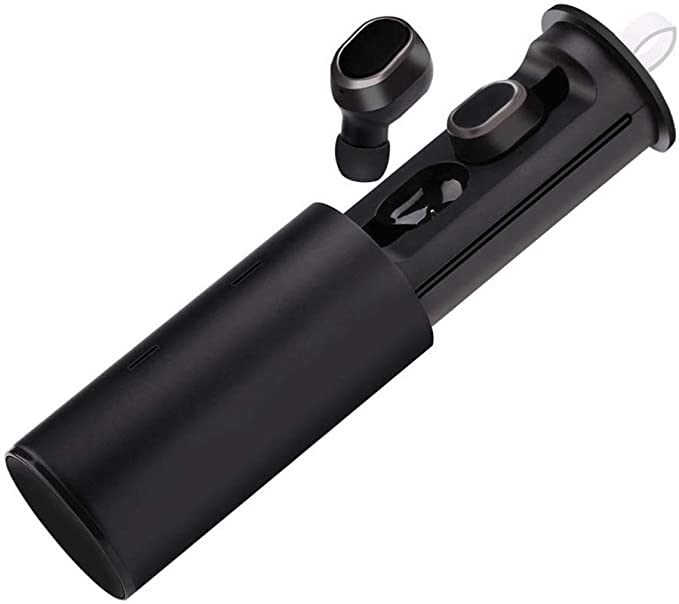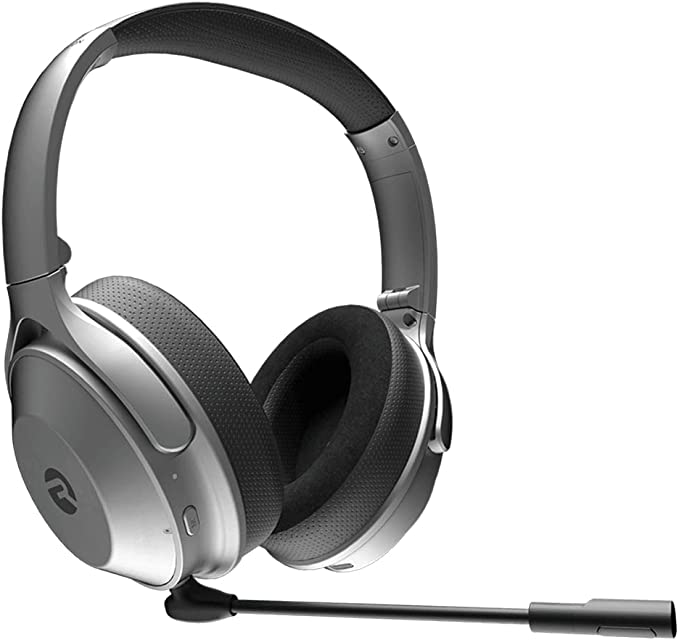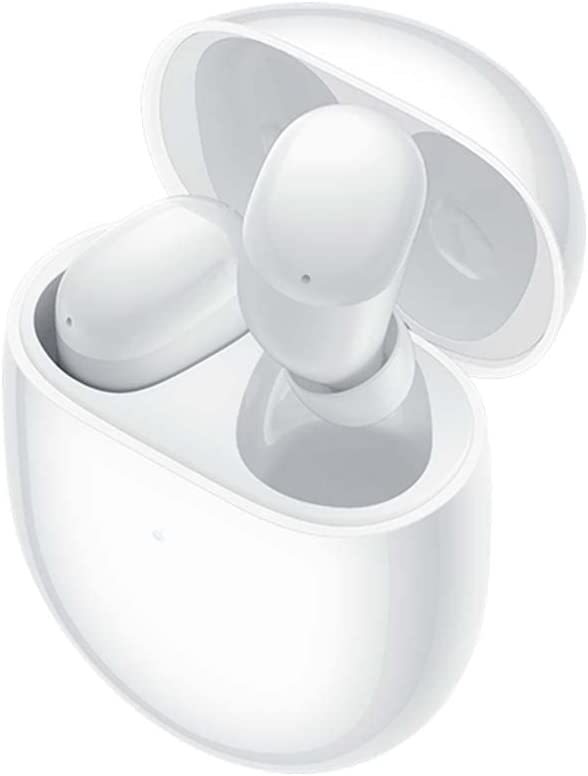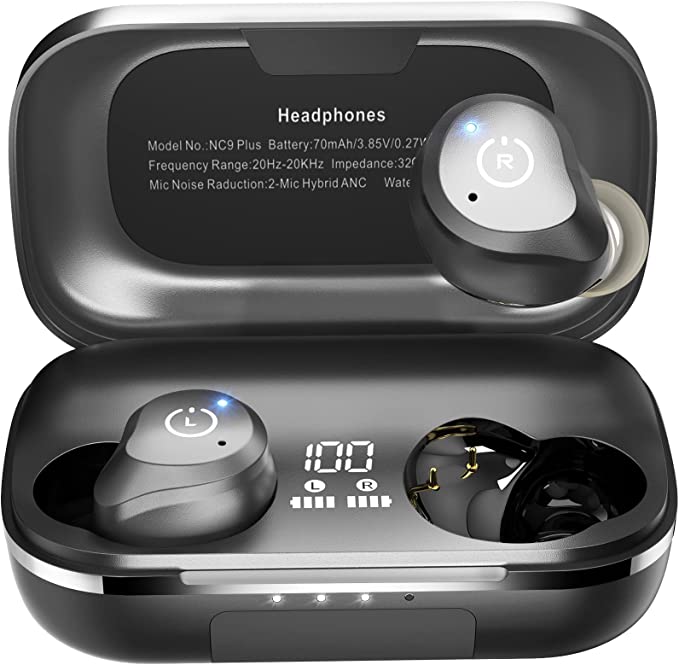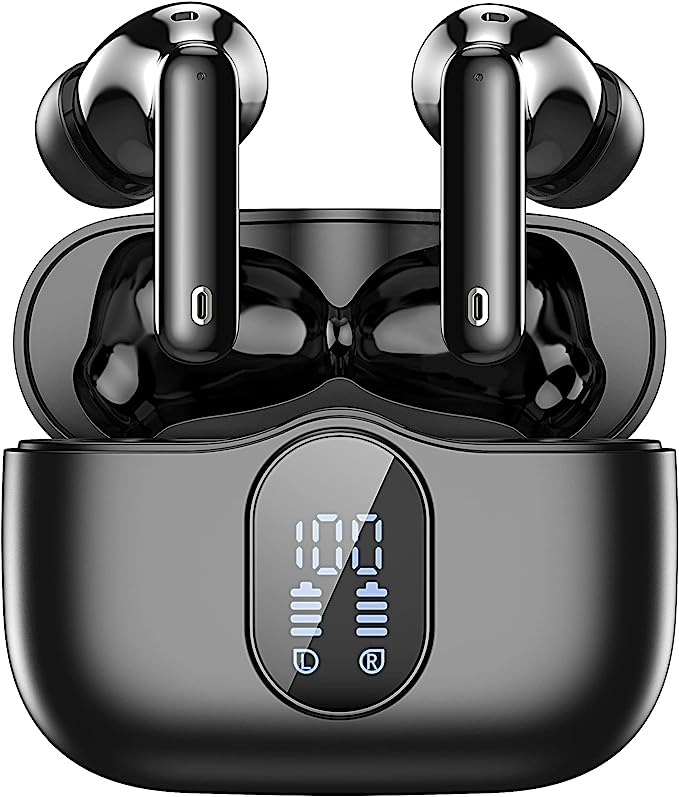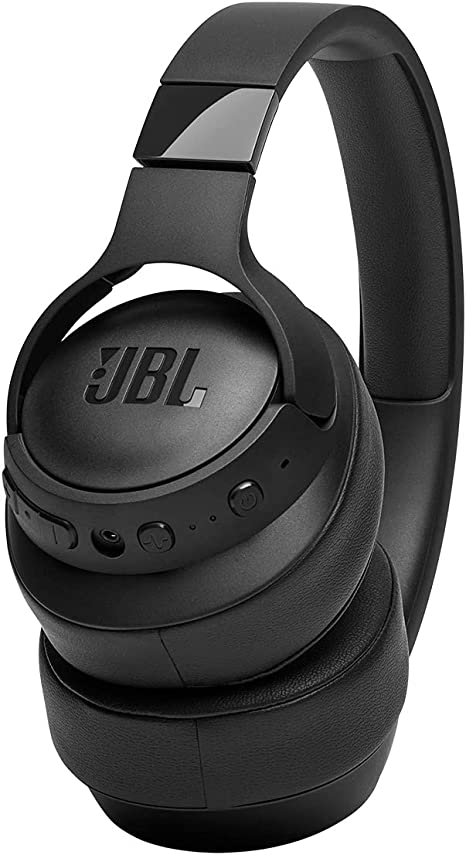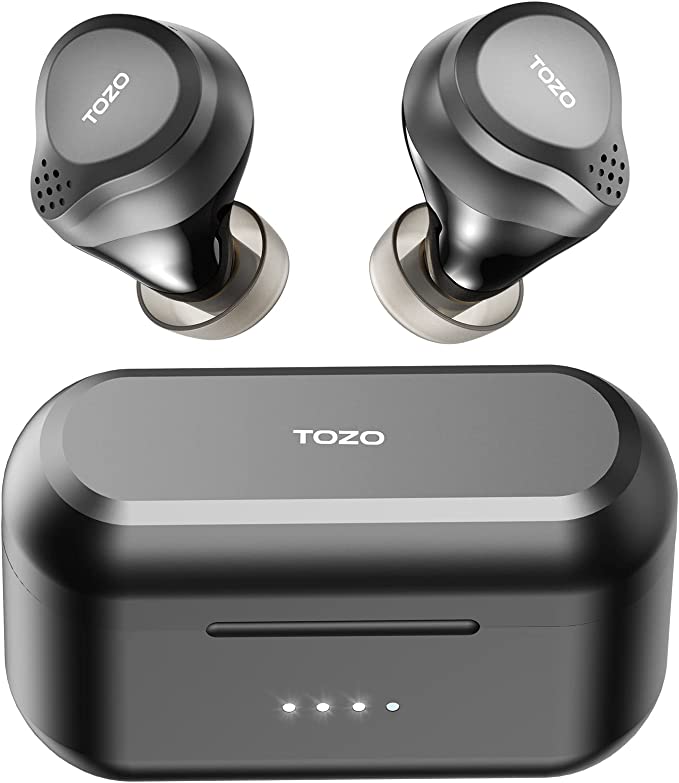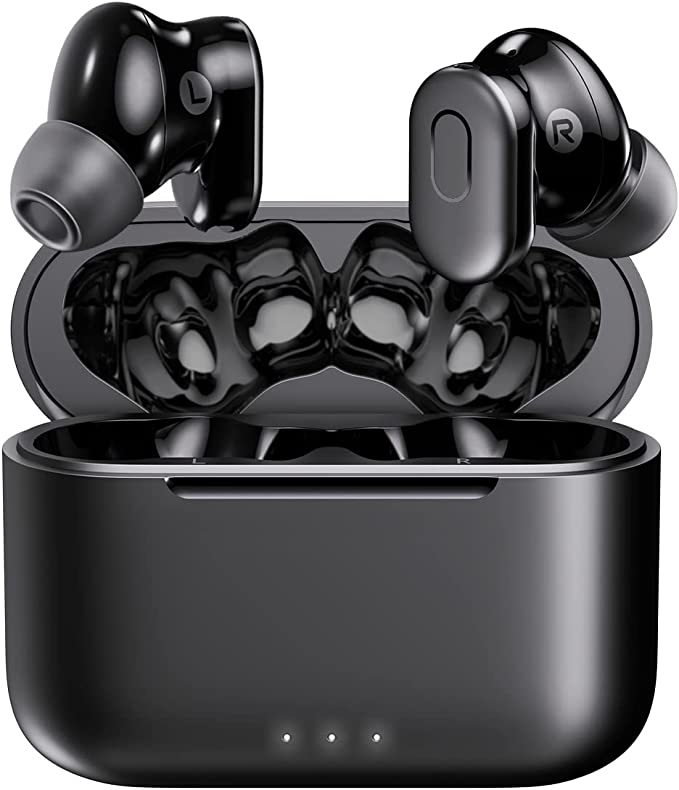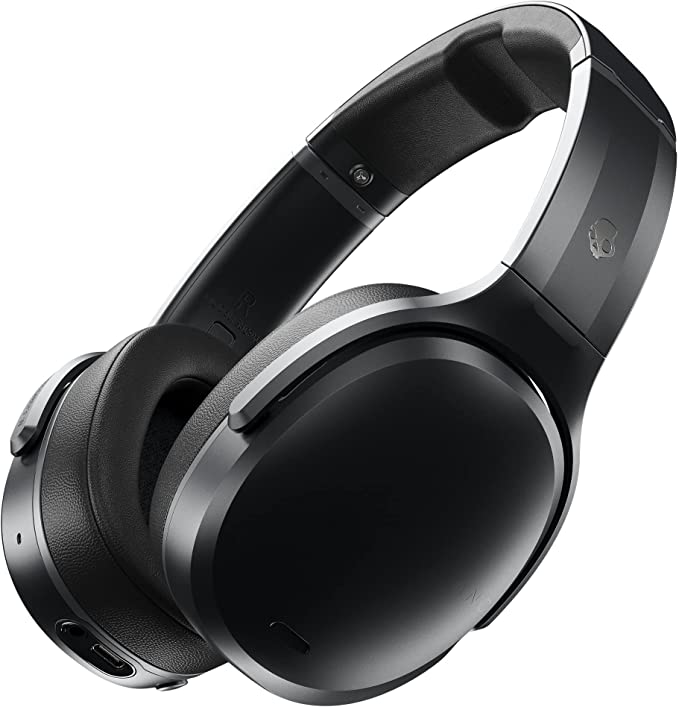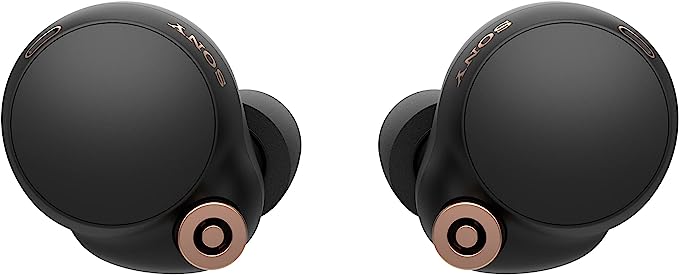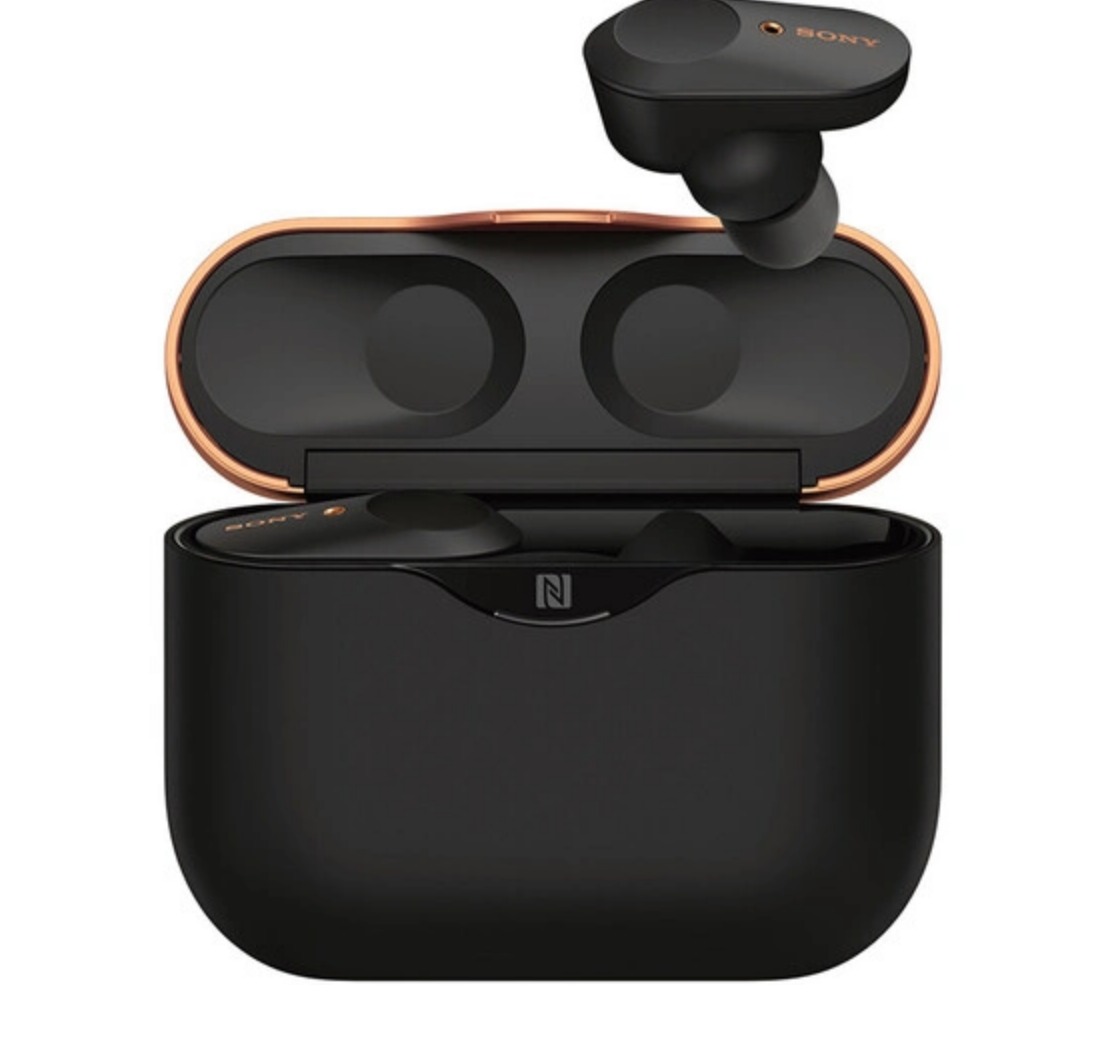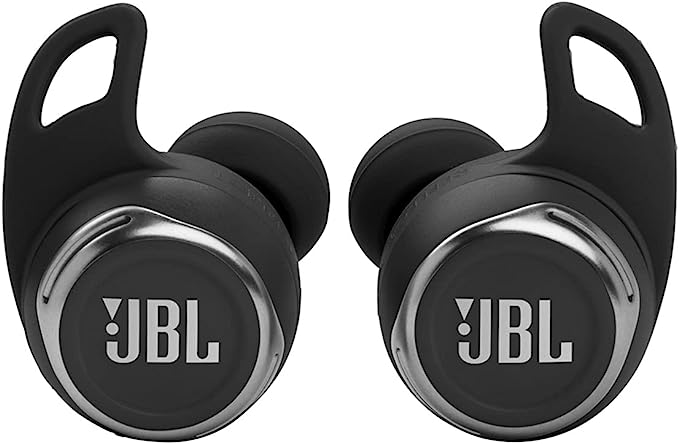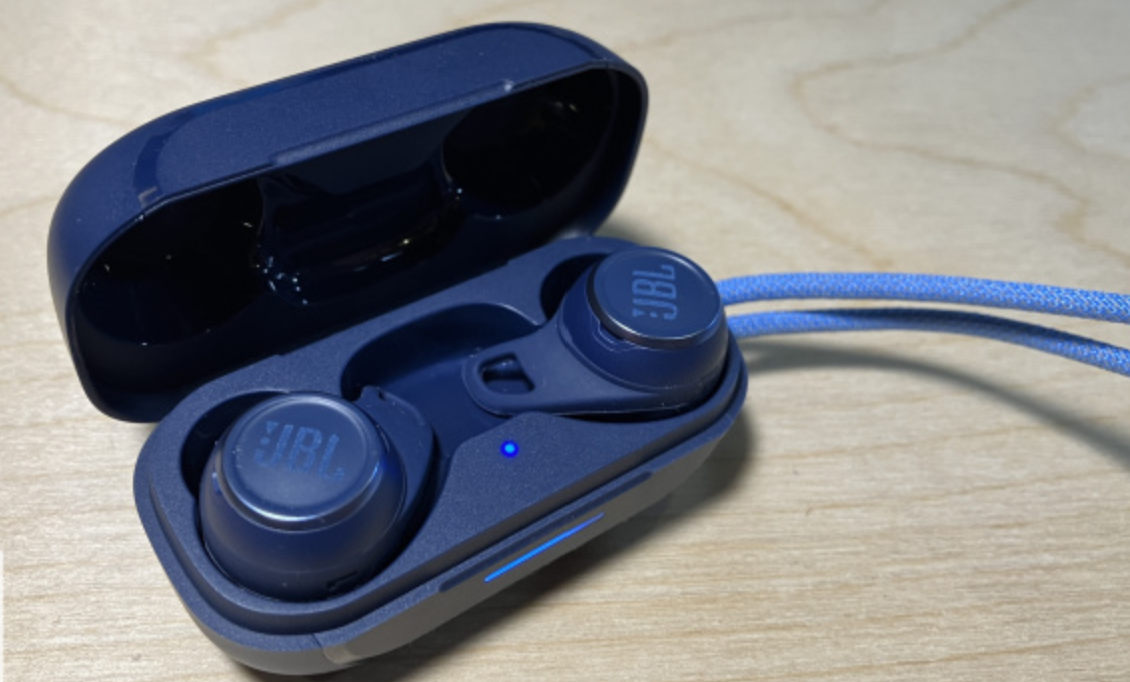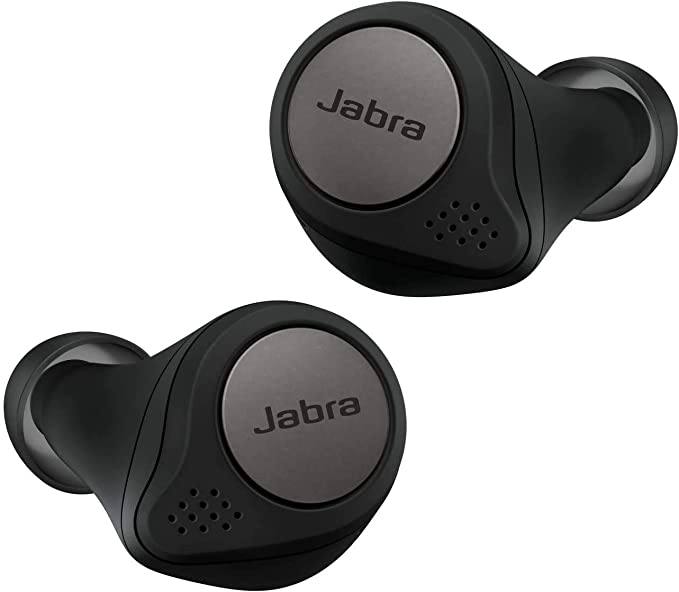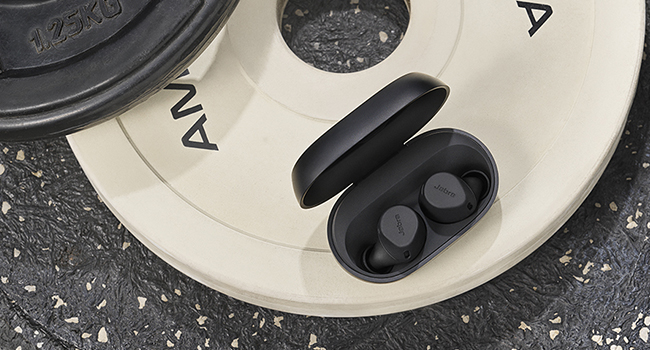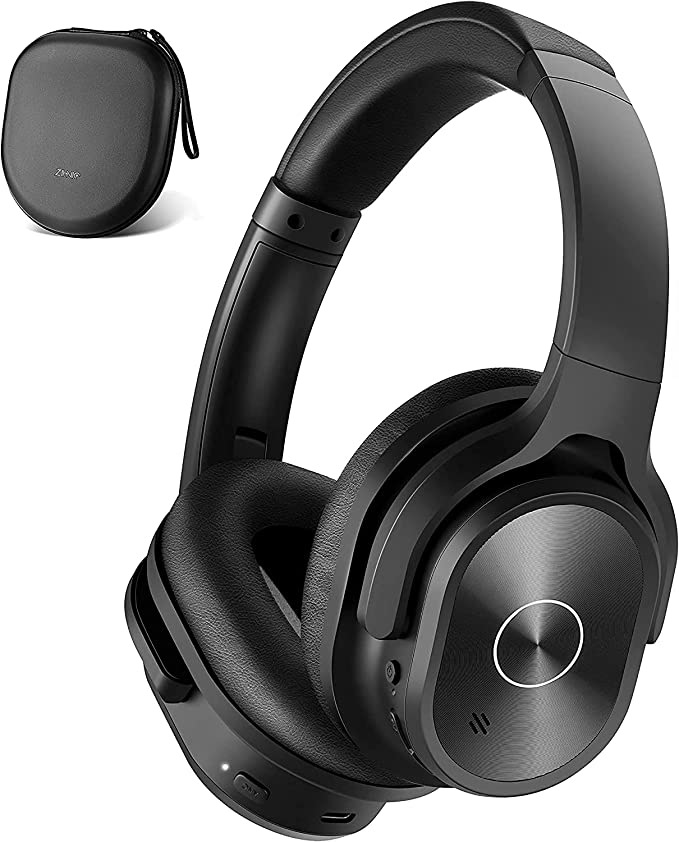The Engineering of Focus: Deconstructing the Science of Professional Communication Headsets
Update on Nov. 14, 2025, 3:56 p.m.
In the modern professional landscape, our most valuable asset is our attention. Yet, in open offices, bustling co-working spaces, and hybrid home environments, this asset is under constant assault from a barrage of auditory distractions. The cost is not just annoyance, but a measurable drain on cognitive resources, leading to reduced productivity and increased stress. This challenge has given rise to a specialized class of technology: the professional communication headset.
This is a category of device fundamentally different from consumer music headphones. Its primary purpose is not just to deliver audio, but to meticulously manage it in both directions. It must create a sanctuary of silence for the wearer while simultaneously ensuring their voice is transmitted with absolute clarity, regardless of the surrounding chaos. To understand how this is achieved, we must delve into the sophisticated acoustic and electronic engineering that underpins these tools of focus. Using a flagship model like the Jabra Evolve2 85 as our engineering case study, we can deconstruct the science behind building a personal, portable zone of concentration.

The First Wall of Defense: Hybrid Active Noise Cancellation (ANC)
The most celebrated feature of modern headsets is Active Noise Cancellation (ANC), but not all ANC systems are created equal. Professional-grade headsets often employ a Hybrid ANC architecture, a more complex and effective approach than the simpler systems found in many consumer devices.
A Hybrid ANC system uses two sets of microphones:
1. Feedforward Microphones (External): Located on the outside of the earcup, these microphones “hear” ambient noise before you do. They are excellent at cancelling out mid-to-high frequency sounds like office chatter.
2. Feedback Microphones (Internal): Located inside the earcup, these microphones listen to what your ear is actually hearing, including any noise that has leaked past the passive seal. They are particularly effective at cancelling out low-frequency rumbles, like the hum of an HVAC system.
A powerful Digital Signal Processor (DSP) analyzes the signals from both sets of microphones in real-time, generating a precise “anti-noise” signal that is 180 degrees out of phase with the unwanted sound. Through the principle of destructive interference, the two waves cancel each other out, creating a bubble of relative silence. The Jabra Evolve2 85 combines this advanced digital system with dense, enhanced memory foam padding for superior passive noise isolation. This two-pronged attack—physically blocking noise and electronically cancelling what remains—is what allows it to achieve a significant reduction in a wide spectrum of disruptive sounds.

The Second Front: Ensuring Clarity with Microphone Beamforming
Creating silence for yourself is only half the battle. A professional headset must also project your voice with surgical precision. This is where a multi-microphone array comes into play. The Evolve2 85, for example, utilizes a staggering 10-microphone system, with a subset dedicated to a technology called beamforming.
Beamforming is a signal processing technique that uses an array of microphones to create a directional “listening cone” pointed directly at the speaker’s mouth. The DSP analyzes the microscopic time differences between the sound of your voice arriving at each microphone. By using this data, it can triangulate the source of your voice and digitally amplify it, while simultaneously identifying and suppressing sounds originating from other directions—the so-called “off-axis” noise.
This is why the presence of a boom arm, even a discreet, foldable one as found on the Evolve2 85, offers a significant physical advantage. The laws of acoustics dictate that the closer a microphone is to the sound source, the better the signal-to-noise ratio (SNR). The boom arm ensures that at least one of the primary voice microphones is in the optimal position, providing the cleanest possible signal for the beamforming algorithms to work with. The result is that your voice is isolated from the surrounding environment, ensuring that your colleagues hear your message, not your coffee shop.

However, this sophisticated design can lead to complex engineering trade-offs. Some users have noted a lack of “sidetone” (the ability to hear your own voice in the headset) when ANC is active on certain models. This can occur if the microphones used for sidetone/HearThrough are also part of the external ANC array. When ANC is on, these microphones are busy sampling external noise, creating a conflict. This is a deliberate engineering choice, prioritizing absolute noise cancellation over sidetone functionality in that specific mode—a trade-off that highlights the focused, professional use-case for which the device was designed.
The Ecosystem of Productivity: UC Certification and Workflow Integration
A professional headset doesn’t exist in a vacuum; it must integrate seamlessly into a digital workflow. This is the purpose of Unified Communications (UC) certification. When a headset like the Evolve2 85 is certified for platforms like Microsoft Teams, Cisco, or Avaya, it means it has undergone rigorous testing to ensure flawless interoperability.
This goes beyond basic compatibility. UC certification guarantees that functions like answering calls, muting the microphone, and adjusting volume directly from the headset’s physical buttons will work reliably with the software. It often involves a dedicated Bluetooth adapter, like the included Jabra Link 380, which provides a more stable, optimized connection to a PC than the computer’s native Bluetooth.
Furthermore, workflow-oriented features demonstrate a deep understanding of the professional environment: * MultiPoint Bluetooth: The ability to connect to a computer and a smartphone simultaneously is a non-negotiable for modern professionals. It allows you to be on a laptop-based video call and seamlessly switch to an incoming call on your phone without ever touching your devices. * Busylight: An integrated LED light that automatically turns red when you are on a call serves as a universal, non-verbal “do not disturb” sign in an open office, protecting your focus. * On-Ear Detection: Sensors that automatically pause music when you take the headset off and mute your call demonstrate an intelligence that anticipates your needs, saving battery and preventing awkward moments.

Conclusion: More Than a Headset, An Instrument of Focus
Deconstructing a professional communication headset reveals it to be a masterclass in applied science. It is an integrated system where hybrid active noise cancellation creates a personal sanctuary, where microphone beamforming carves your voice out of surrounding noise, and where intelligent software and ergonomic design work to eliminate friction from your daily workflow.
Devices like the Jabra Evolve2 85 are not merely for passive listening; they are active tools designed to manage our increasingly chaotic acoustic environments. They represent a sophisticated engineering response to a modern problem: the preservation of focus and clarity. By understanding the science behind these features, we can appreciate that a true professional headset is not defined by its brand, but by its ability to function as a seamless, powerful, and reliable extension of our will to connect and create, unhindered by distraction.
